Price: $27.90
(as of Nov 01, 2024 18:25:46 UTC – Details)

This book is intended for all of the people who are passionate about innovation. It contains 500 exciting projects that have a detailed functional description and electronic circuits. The target audience for this book is engineering students and electronics hobbyists. It is a massive library of ideas for unique projects and fresh creations. This handbook is for people who want to do creative projects using open-source tools and methods. It has a lot of ideas for how to do creative projects and make something new for society.
This book is divided into four chapters, beginning withBasic electronic components and progressing to anIntroduction to Arduino sensors and boards, ESP8266 NodeMCU, ESPp32, and Raspberry Pi. 300 electronic project ideas with tested circuits are included in the second chapter.The third chapter has 100+ Arduino projects. In the fourth chapter, there are 100 fascinating projects for esp8266 NodeMCU, esp32, and finally troubleshooting electronic components. Additionally, it contains operational fundamentals for open-source electronics, allowing college students, schoolchildren, and hobbyists to study electronics through useful schematic diagrams at all levels from beginner to expert. I hope that students and researchers will find this project book valuable for their mini-projects and an outstanding project guide for science fair projects and new inventive endeavors.
When most of us think of the word “Education,” the first thing that comes to mind is the kind of formal learning that takes place in elementary, middle, and high schools as well as in colleges. Although this is not the only form of education, tacit and practical knowledge is something that we often cannot learn by reading books; it is obtained through real-world problems and practice, and it relates to experience, intuition, ideals, creative thinking, emotions, values, skills, and attitudes. Project-based learning creates the next generation of STEAM programs and tacit knowledge that give students the power to learn creatively in middle school, high school, and college and help them do well.
Learning through collaborative projects will ultimately result in the student experiencing a more profound impact on their education. It also makes the part about understanding more fun, since students can understand more when they learn in a group. Thus, let’s focus on many easy Arduino, esp8266 NodeMCU, and esp32 projects to boost student creativity. Due to the fact that the electronic project is always operational and enhances the current system, students might ultimately acquire a practical, forward-thinking perspective.
“Tell me and I forget, teach me and I may remember, involve me and I learn” — Benjamin Franklin
ASIN : B0BQ9LM4DV
Publisher : Independently published (December 17, 2022)
Language : English
Paperback : 784 pages
ISBN-13 : 979-8367025323
Item Weight : 3.63 pounds
Dimensions : 7 x 1.77 x 10 inches



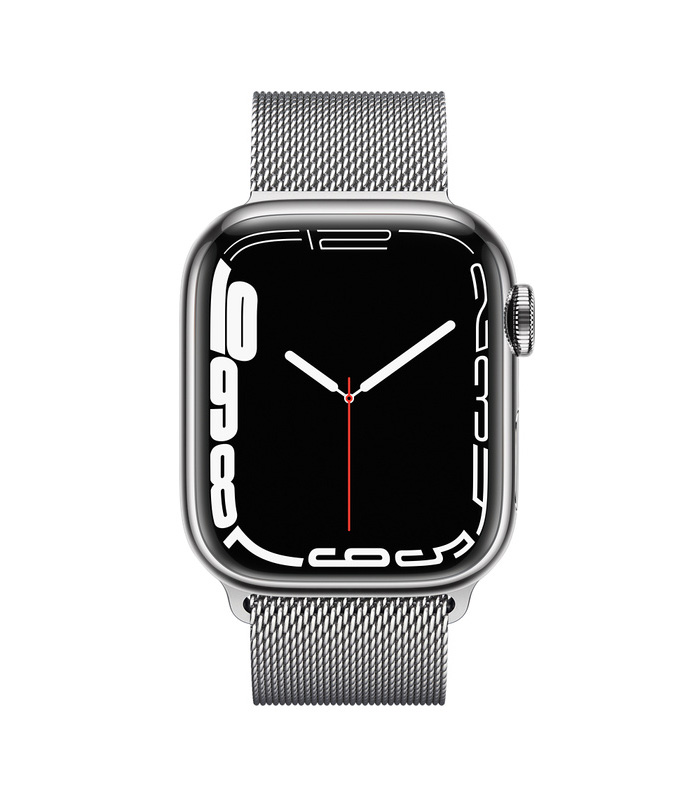
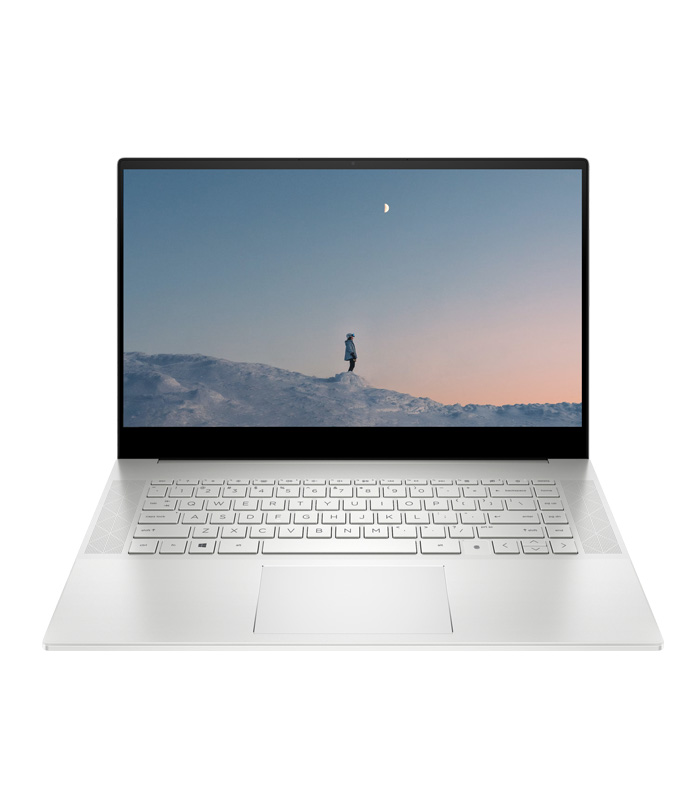
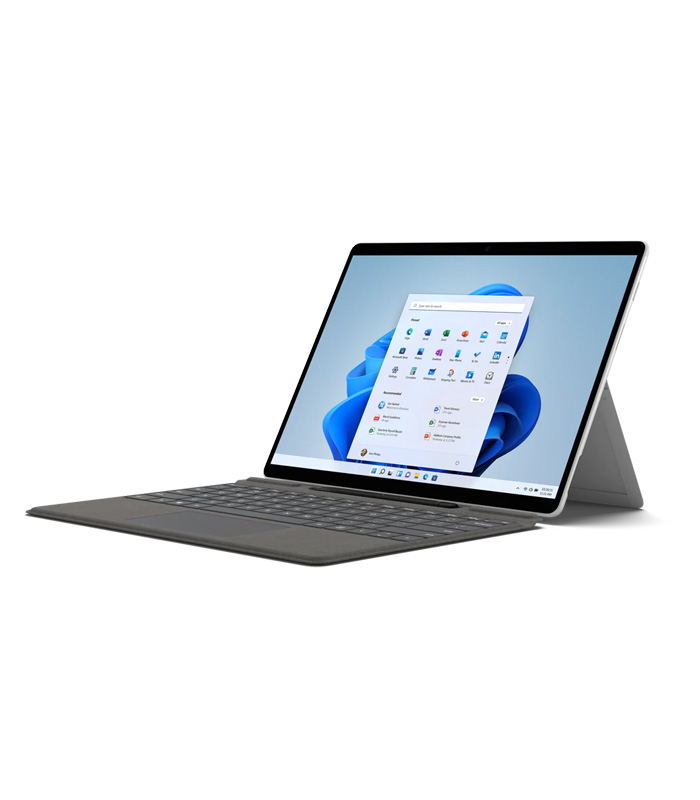
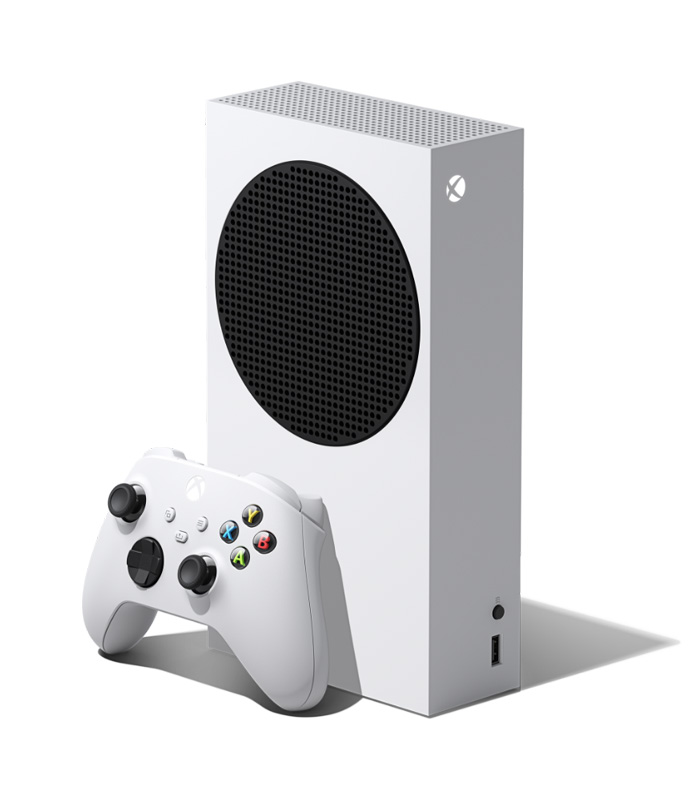




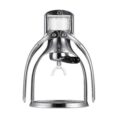
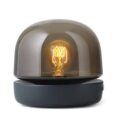









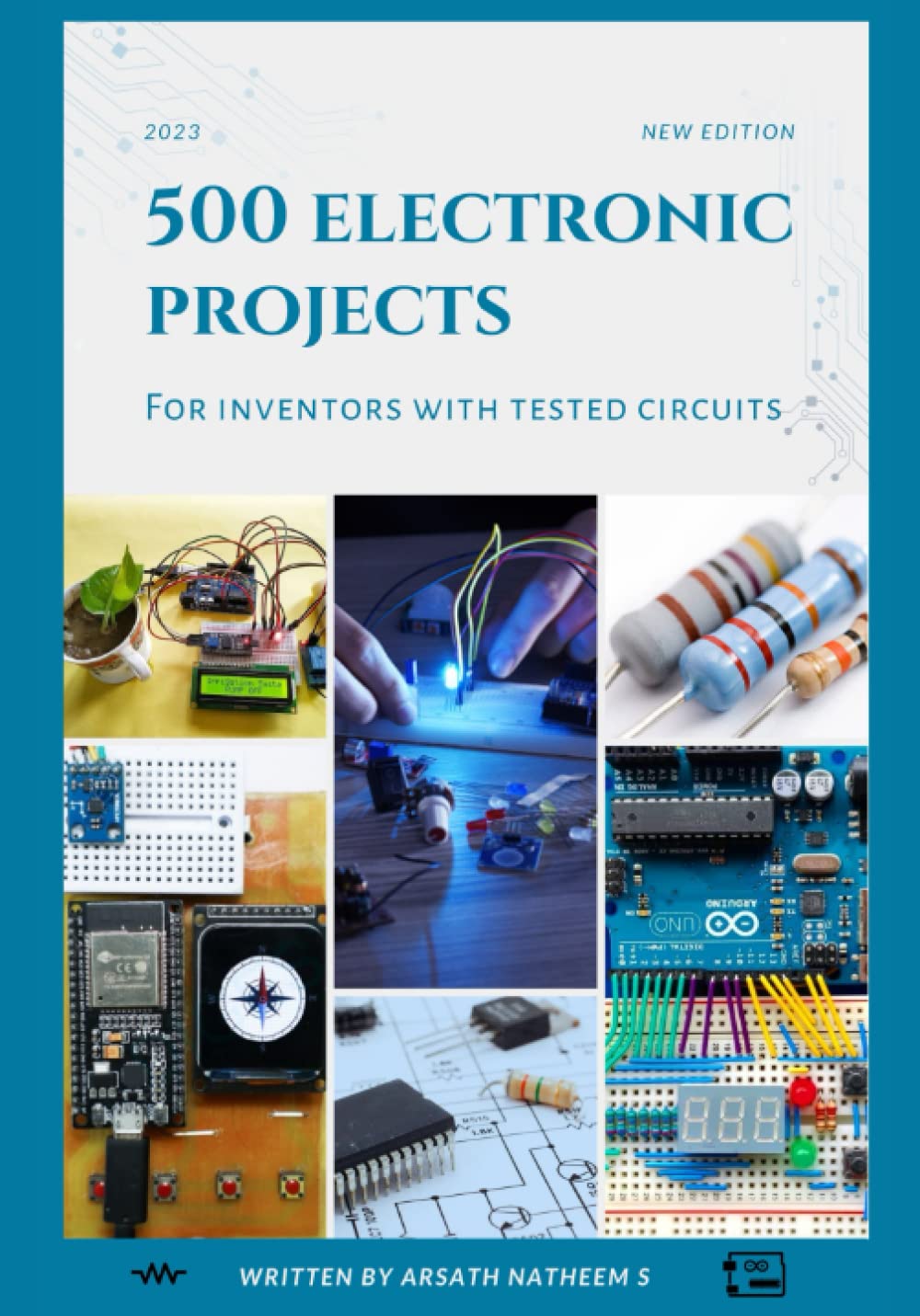

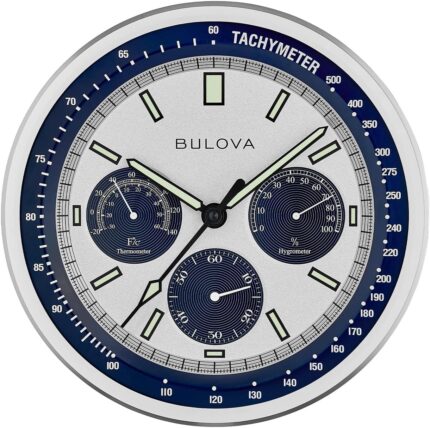


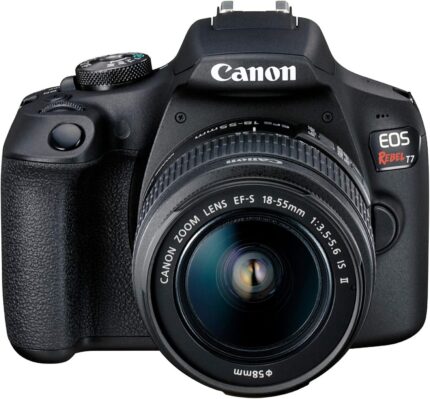
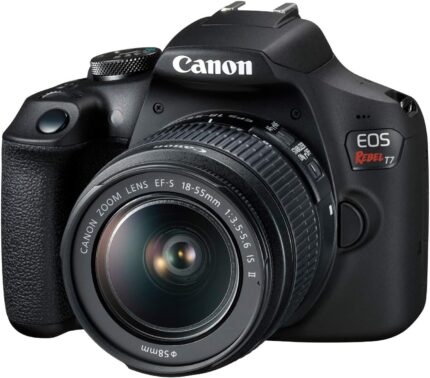
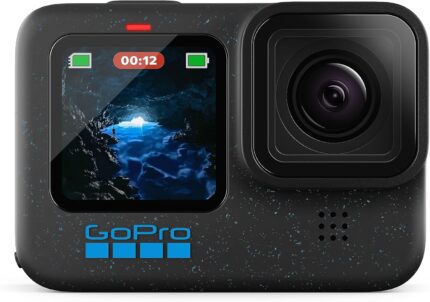
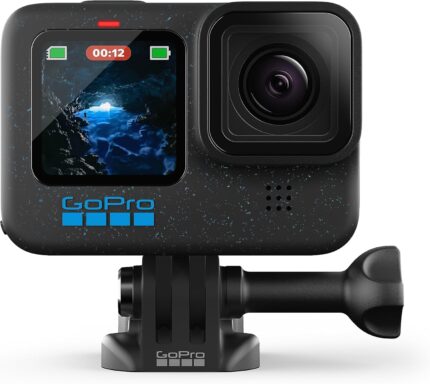
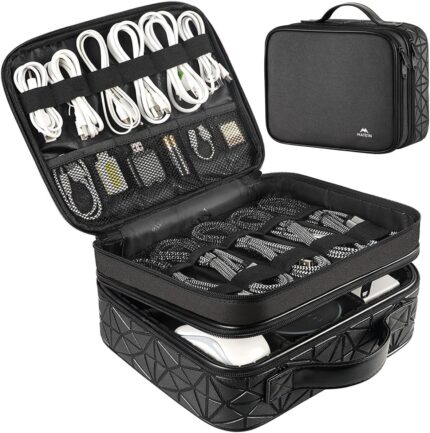
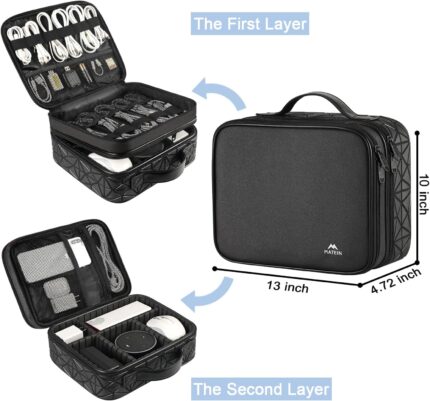
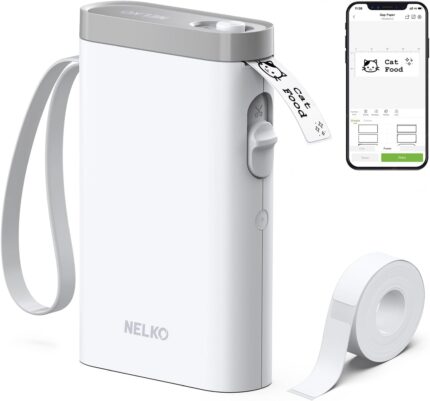
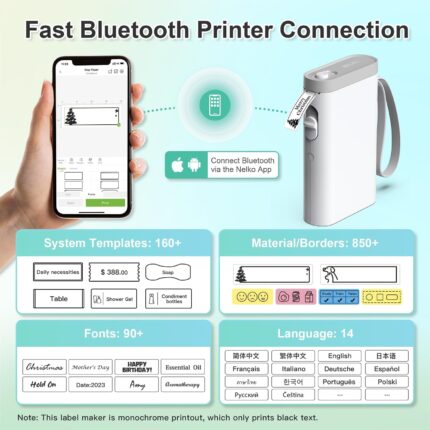
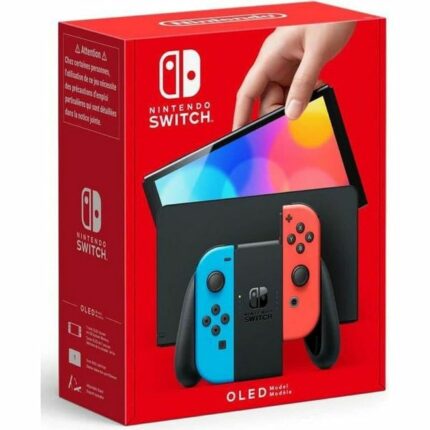
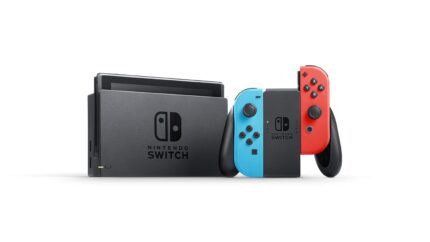
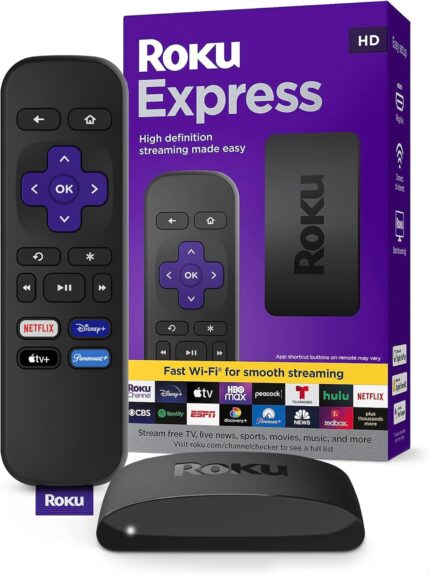
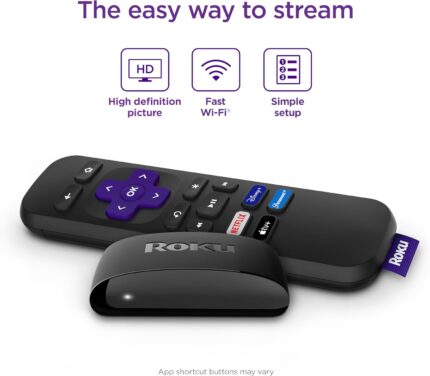

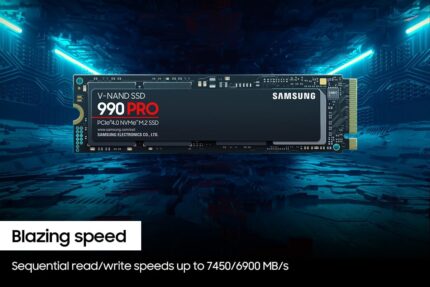



Dale K –
Huge book
Just what I was needing. Very thick book with over 750 pages. Good details.
USA Trucker ðºð¸ –
Amazing Book
Love this book. The author put in a lot of hard work to produce a great book.
George c. –
I like that the schematics are easy to follow.
I like that there are many projects but many of them I am not interested in.
JustinA –
There are way better books.
At first glance I thought I was really going to like this book but, that changed quickly! For simple circuits it’s not a big deal but mote complex circuits, colored circuit diagrams would be really helpful and they’re all in black and white. The circuit diagrams are so inconsistent! Some of them will shoe resistor, capacitor, etc values in the diagrams while other diagrams it doesn’t show the values but instead the author tries to explain in the paragraph where which value component goes where in the diagram. Other diagrams there’s a part index with the parts you need but the diagram just shows generic symbols and not which value components go with them. 50% of the book is all Arduino/esp board projects and 90% of them have no code at all or at the very least a github repo where you can find it, there’s no code at all! Oh, great! An esp32 IoT project that displays sensor values on a web page but the author only provides photos of the web page and a black and white circuit diagram. I’m convinced the author just went through Google and scopied a bunch of circuit diagrams and then called it, ” a book of 500 projects” at the very least its a book of ideas for a project and then you need to figure out the missing parts to actually do the project. You can find all of these projects with better colored diagrams and have the code to go with it by just doing a Google search. This book was a rush job and it shows. Take a hard pass on this one!
LuboKuzman –
very good
Destilate of basics of electronics to internet of things. The book missing code… That’s why only 4 stars
Michael Thomas –
I don’t know how this book got so many five star ratings.
The book is cheaply bound, poorly edited, and even has duplicated sections (see projects 136 and 191; they are identical).Many diagrams are poor quality and they are inconsistent across projects. The diagrams appear to have been copied from various internet sites. Some of them even contain the watermarks of the web sites they were copied from (e.g. Circuit Digest).Many of the projects are missing critical info (software, wiring diagrams, etc.). Some provide nothing more than a block diagram.The table of contents made this book look very promising, but I’m disappointed.
WorldGreatestPilot –
Incredibly bad quality.
This book fell apart the first time it was opened. The pages literally just fell out. Even without that the print is so small and indistinct that it is almost unreadable.
Larry –
the best electronic project book I have found
it has a lot of 220volt used in the projects
Amazon Customer –
Good book highly recommend.
Kindle Customer –
In over 50 year I have read hundreds of books that claim to instruct on electronic projects and this one stands high in the top few percent. I am particularly pleased that the author chose to include it into Kindle Unlimited to give access to more readers.If you have any interest in working with and interfacing to boards such Arduino and Raspberry Pi then you should read this book.
Ramses –
One of the best books I’ve ever seen. Clear, informative and well laid out. Great for those wanting to start out in electronics.
Charlie Brown –
Thereâs no reason why he couldnât have included the codes for the Arduino project ideas. Not only did he not include them but he didnât even include coding basics for the Arduino. This book is a sham. Most of the electronic projects are found in other less expensive books. Most are duplicated.
Niven –
Great book apart from some of the writing and diagrams are blurred in the middle of the book.